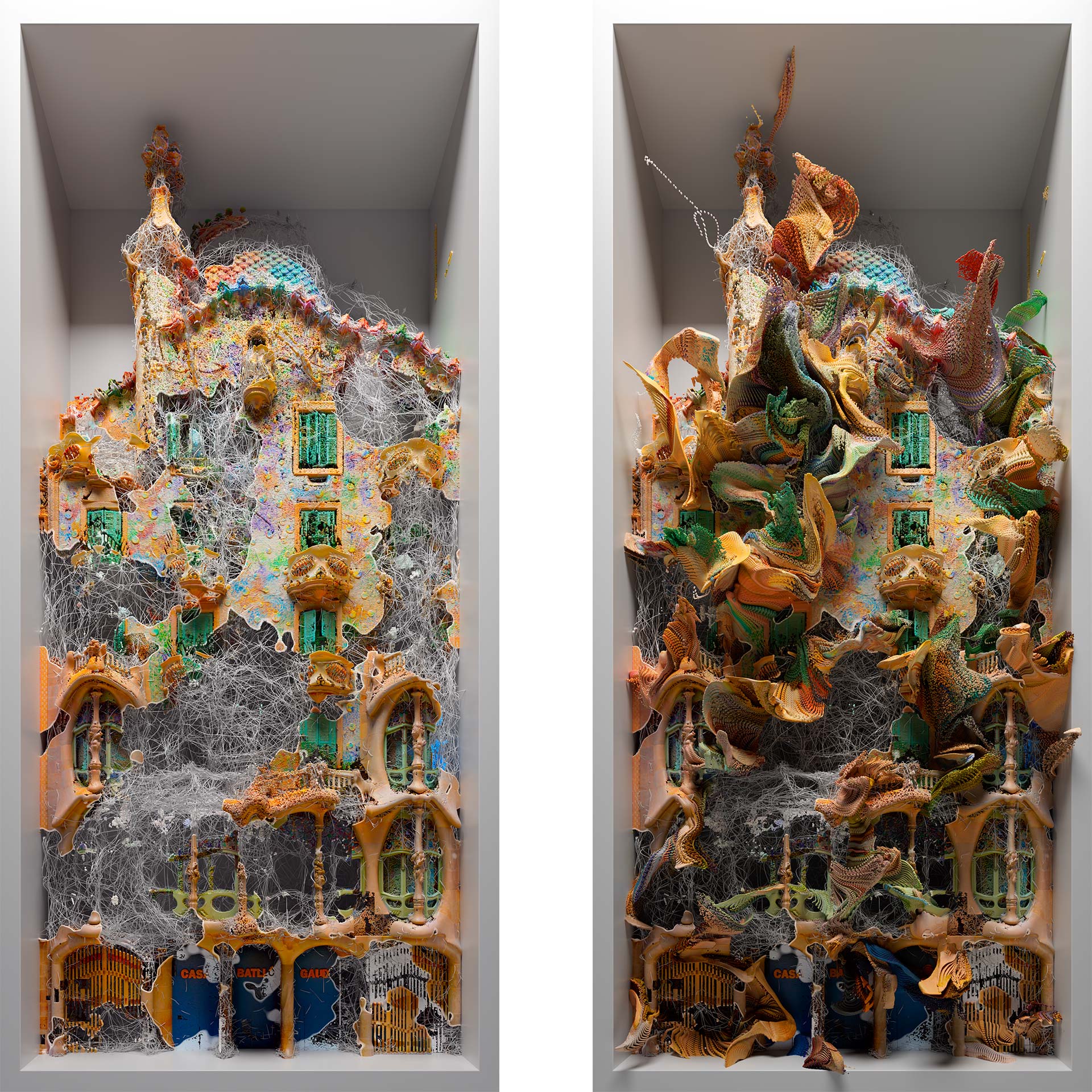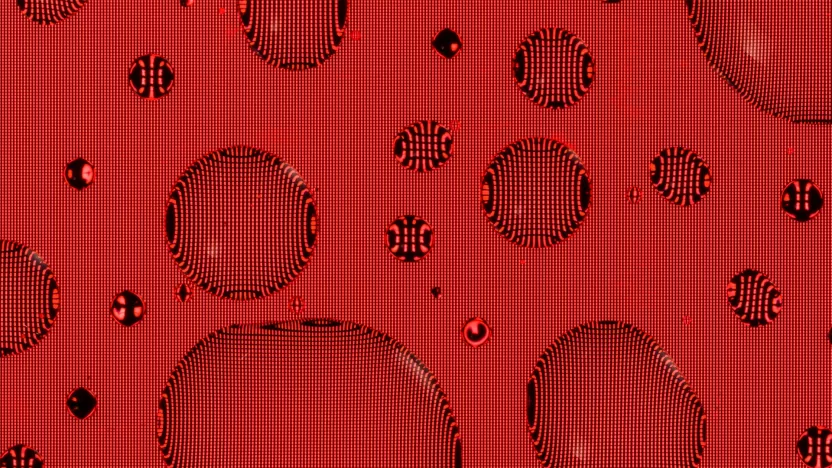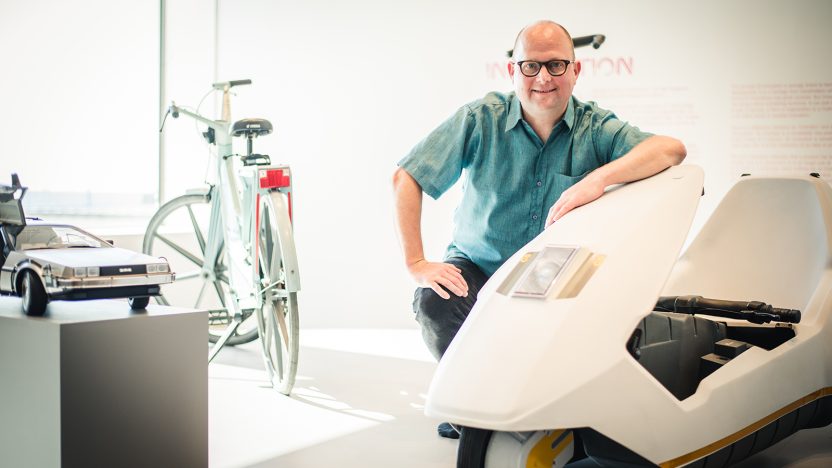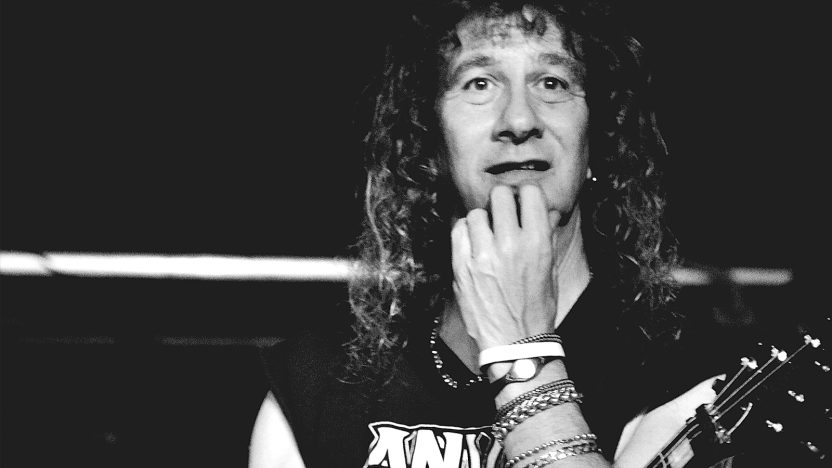
Dreaming in a thousand dimensions
In a labyrinth of ones and zeros, Refik Anadol found a paintbrush that could render the invisible. And asked: “What if buildings could hallucinate?”
In conversation with Refik Anadol by Alessandro Zangirolami
Refik Anadol — Bulgari Serpenti Metamorphosis, 2022. Courtesy the artist
Every once in a while comes someone whose art, vision, and words feel so transcendent and so spiritually horizontal that the complexities of their apparatus just become… natural. For well over a decade, many words have been spent on Refik Anadol’s oeuvre. In our conversation, Refik (b. 1985, Istanbul, Turkey), who has almost single-handedly brought AI into mainstream art, also emerges as one of the few who are sincerely advocating for a mutual understanding of the human and the machine-like, and whose playfulness could not get much more serious than it is. In such a timorous, but often uselessly chaotic search for AI ubiquity that defines our present, his views try to break down the fibers of our relationship with tech and language, looking for much less functional and much more intimate answers.
You approach complexity as a matter you can almost “dirty your hands” with. What do you look for in the very first moments of an idea?
I don’t have a formula, but there are a few key aspects I can retrace in all of my work. I’ve always found it inspiring to really think about data, to see it through different lenses. To see the quantifiable, measurable, digital information around us in life as the new world we’re navigating. And although information and knowledge are still recorded on physical matter, we’re deep in the age of what we cannot see, touch, or perceive unless there is an attempt, a mind’s eye, a vision that makes the invisible visible. Yes, perhaps what really makes my work work is this need to make the invisible visible. When I coined the term data painting in 2008, I believed data could be a pigment. I didn’t see it as numbers but as a form of memory, and that memory can take any shape, any color. It’s liberated from limited science — it’s liberated from Newtonian physics.
Why would we want to escape Newtonian reality?
I just don’t think there’s anything inspiring in only using reality “as is.” For centuries, the question has been: “What lies beyond reality?” so now, with AI, we’re asking: “How do machines dream and hallucinate? How do they create worlds that are not here with us, but in a very tangible sense, exist?”

Refik Anadol — Nature Dreams, 2021. Courtesy the artist
You’ve said that “we [humans] don’t have time to digest AI,” and that “doing things is what keeps my drive going.” You’re making evident a more divergent approach to complex things — in this case, AI — which I find liberating.
Look, when do people have the chance to see what really happens in ateliers, in the bottega? We don’t have an entry point to what goes on behind the scenes. All we get is a — hopefully — beautiful final artwork. For me, it’s different. With AI, I feel I have the responsibility to share how it works and see it in action. Showing the reason why we see certain behaviors or kinds of digital patterns. I really am trying to demystify AI because I see that people connect more when they understand the work better. It’s about finding ways to shift into a dream-like state, and creating a moment.
Do you think AI could — or should, even — design our foreseeable everyday?
It’s growing rapidly, but I’m not confident it will be everywhere. Look, on this information highway of life, maybe there is just too much to demystify. On the one hand I wish this happened everywhere, but I can’t fathom how people would respond to it if it was always on, you know what I mean? It may be too much for humanity. Isn’t it better to approach it as a selective experience? Which I hope, in turn, makes it much more… limited. Curated.
And in your case, your love for threading, systematizing, and curating data and memories almost feels ritualistic.
Absolutely, yes. I think it’s about finding a balance between technology, humanity, and spirituality. I’m not just doing it because of some techno fetish, or to try out whatever fancy AI model: this doesn’t inspire me. I need to have that human perspective, and all the feelings that come from that kind of intention. Maybe the reason our work sometimes feels different from so many others is that special moment emerging from the human, the spiritual, and the technological. AI is important because that means that now humanity has access to an intelligence. And I’m able to design a purpose, a kind of language on top of data, a language I always find myself spiritually connected to. It’s actually possible to invent a new language of humanity through what we’re doing in our artistic practice. And it’s not a language that we know, it’s not classical storytelling. These works have their own time; they’re never the same and keep growing. Again: when we detach reality from Newtonian constraints, we find something else. And when I find that “else,” I just go, “Well, maybe there is more.”

Refik Anadol — Casa Batlló, 2022. Courtesy the artist
That emergence, you called it that “special moment.” Can we dig deeper?
The life that we’re all living together is pretty complex and hard. We have wars, separations, conflicts, and loss. What I find my purpose to be, is to bring inspiration, bits of hope, beauty through a five-minute, five-second, fifty-minute, or a five-hour experience or whatever. If I can make someone feel better, then I just found myself where I belong. And I’m working so hard to stay in that mindset. That’s why, you know, we’d want to put our work in a hospital to bring hope, or in a school to bring inspiration. I’m not like a classical artist — that I only work in a gallery or a museum. That’s such a last century concept, an ego-centric concept, in a way. In fact, I asked myself the question, what happens if I detach my ego from my work, from data?
Well, have you managed to find a way to detach ego from the artwork?
No. I haven’t managed to do it yet. It’s hard work, but AI is helping. It’s a new kind of dialogue between humanity and the machines, and the intelligence of the world. And it can be extremely helpful to find that common ground to connect us — heal us, you know I try to connect people up to a level where they don’t feel different, they can only feel the similarities. It’s super simple. Feelings are just not that complex. Take the Gaudi project I made at Casa Batlló. That was 65,000 people coming together. I mean, why on earth did they all feel connected through something like that building? All of them looking at the building, the visuals, enjoying the experience, having fun, and feeling joy. That’s the layer I feel we can focus on and amplify more.
We talk about interfaces as that unique layer of separation and contact, the empirical and the deep. You use algorithms and AI models as a tool that — in order to function properly — asks for a dance between your mind, your tech, and machine intelligence.
The beautiful part of working with neural networks and AI is we’re really balancing chance and control. When both of them are on the table, they become… programmable things. Yes, we can train AI on any information, and we can let AI dream any type of form, color, and image. But if you look closer, the memory of AI — the dataset — is the true ingredient of this pigment. And I just love to create new ways for art to use and see memory. Just think of the fact that AI learns from information, and it can store it in 10, 24, or 1024 dimensions. I mean, how could we ever perceive in 1024 dimensions? It’s fascinating to think mathematically, but then respond to that kind of space, bring it back to the visible, to our human eye and to our feelings, and craft from that space and, from the billions of trillions of possibilities there are, choose just one as a human artist and bring it to life. To me, that’s a pure human-machine collaboration. A straight “50% AI, 50% machine.”

Refik Anadol — Infinity Room, 2015. Courtesy the artist
Do ethics have a role in this kind of AI-human ecology?
Always. If there’s humanity, there’s ethics. It’s simple. And here AI is even more important because it’s really a mirror for humanity, and it will show exactly who we are. At the moment, I think we are questioning so much, like, “Does AI have a right to read and learn everything it can?” “Will AI, along the way, be able to remember everything we did in the past, and if so, who is defining whether AI can or cannot learn and remember?” These questions will always be very hard to answer. And AI will always be imperfect because it’s not about AI — it’s about humanity. I think that throwing stones at AI or, you know, raising extreme complaints to AI just does not feel right to me. When we train our AI models, that data will ultimately touch someone’s mind and soul. And so we must be really clean, surgical. There’s a sort of hygiene that is needed.
Hygiene is such a great concept in this case because when we’re training AI, what we leave out and why tells us a lot about our evolving human nature.
You’re right! With infinite possibilities come infinite questions and infinite responsibilities.
Let’s talk about your interest in architecture. You said, “One day, buildings may dream and hallucinate.” Why do we want architectures to be hallucinating spaces?
I think it’s just about finding a neat balance between humans and machines because they’ll be everywhere and part of everything. So, there will be a moment when the places where we live and survive and function will have to evolve. And I think we can bring much more to them, like dreams and light. Look at Gaudi or at all the incredible historic architectures out there; so many innovations have happened throughout history. But for some reason, at some point, nothing happened anymore. I mean, there are incredible architects out there, masterminds for whom I have nothing other than love and respect. But if you think about the current debate in architecture, materialization is really only boiled down to concrete, steel, and glass. Why are we stuck in “last century” material, in the age of AI and data and computation? Why not fully use light as a material to manifest ideas in life? That’s where I find my practice really having a chance to expand those possibilities. When I worked at the Walt Disney Concert Hall “dream” in Los Angeles, I imagined: “It’s the city of Blade Runner, a very science fiction dream.” So my work there was just a very natural fit. But it can happen anywhere on Earth. And it doesn’t have to be always on. It’s liberated if you don’t want it. It’s not like concrete, glass, or steel. Light is un-Newtonian. It can disappear — it’s a spiritual thing that you can phase in and out of existence. Light is the most inspiring material on Earth and we could do so much more with it.

Refik Anadol — Black Sea, 2019. Courtesy the artist
Quick, final shot. For you, for Refik Anadol, is there any difference between hallucination and dream?
I think so. Dreaming is a very human function. It’s to be seen in a fundamental neuroscientific context. Hallucination, well, is just purely inspiring, and unregulated. Dreams are something that we go through, in our cognitive skills, to most likely take our short-term memory to a long-term place. Or from another angle, in history, dreams have always been the “places” where we have predictions of humanity or instincts about life. Take some of the Amazonian tribes: dreams are where communities are dreaming their future. So, there’s also a swarm of different contexts and functions when it comes to dreams. But when I think about hallucinations, with AI I feel this concept is much more rightfully fitting. AI is literally enforced by a human to learn and memorize life and then try to dream about it even if it doesn’t know how to do it. The AI is unprepared for it. There’s an amazing quote from Anil Seth, an incredible neuroscientist. He deeply researched consciousness and said that “consciousness is a controlled hallucination.” And it’s a fantastic description of what hallucination means. I find it very similar when I am training an AI model and let it hallucinate. It all comes down to and from the same question: what lies beyond reality? Hallucination is one answer. Machines have the power to hallucinate new worlds, and it may be one way we can find new contexts and possibilities. That’s creativity at its most joyful, untouched state.


